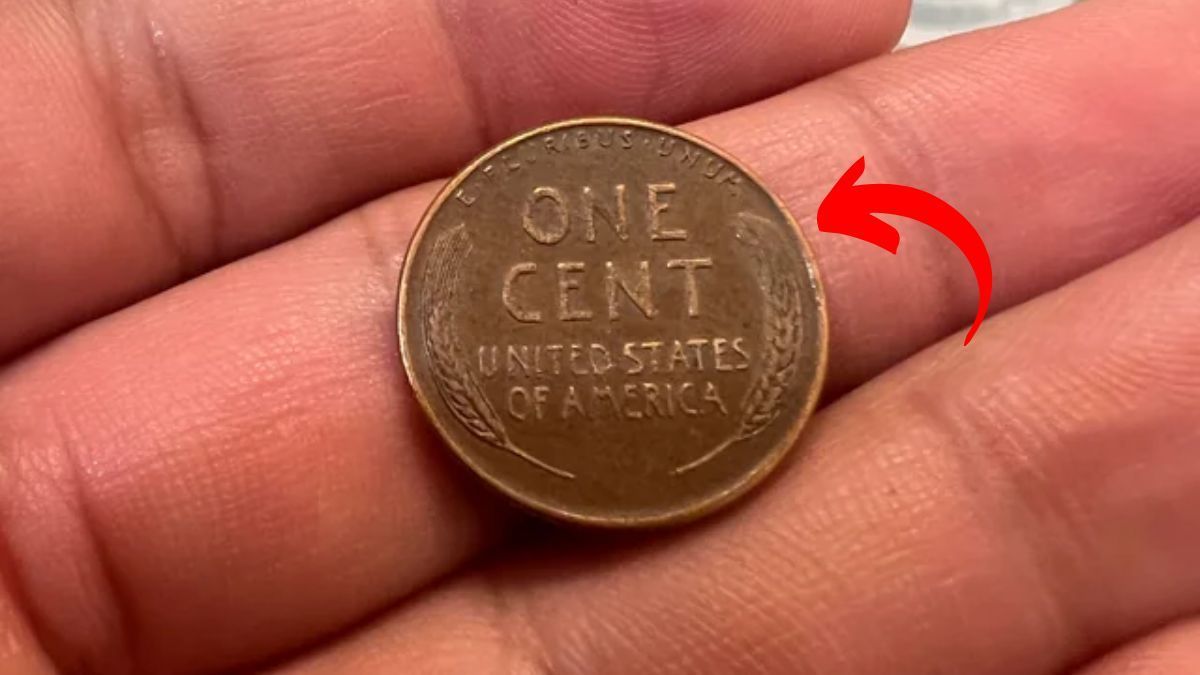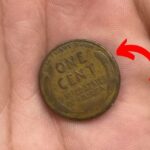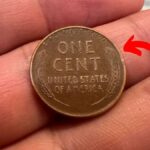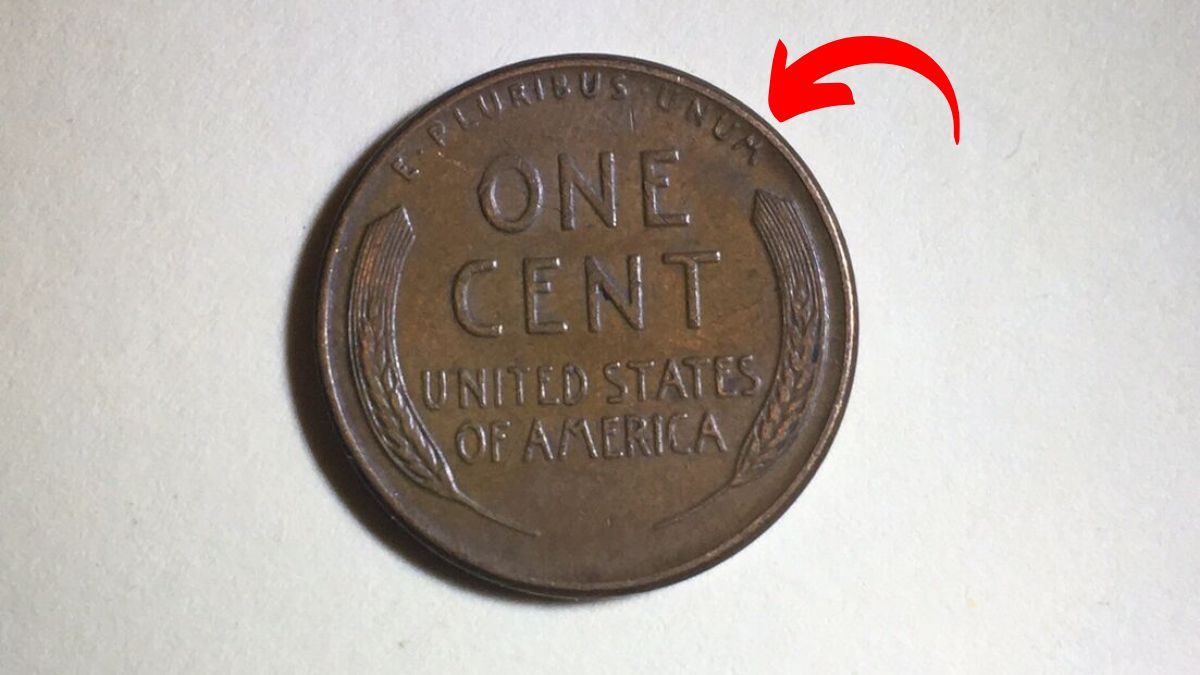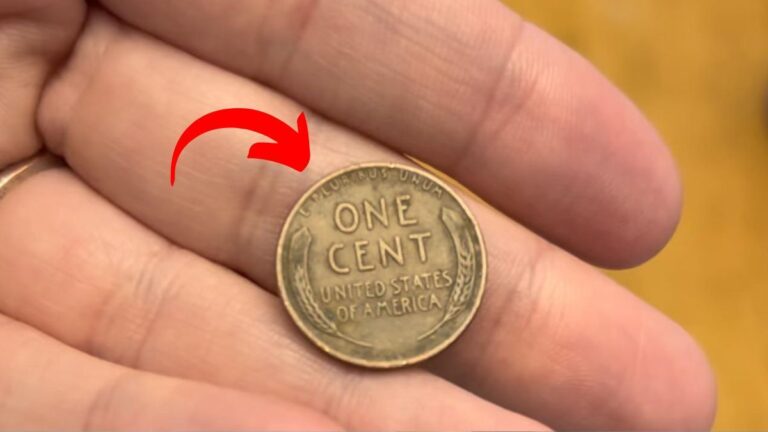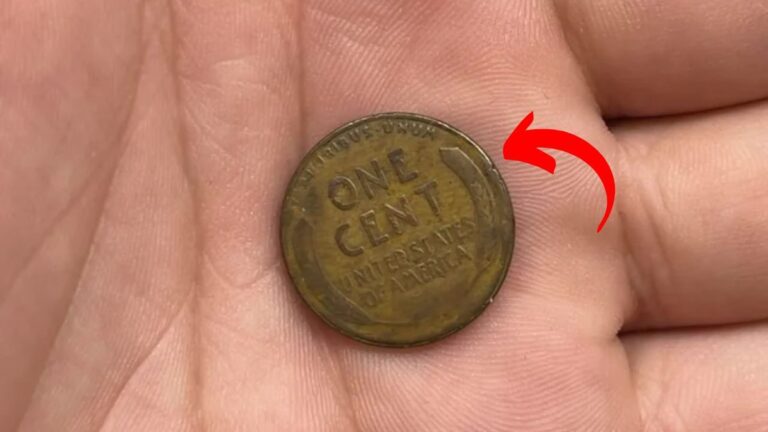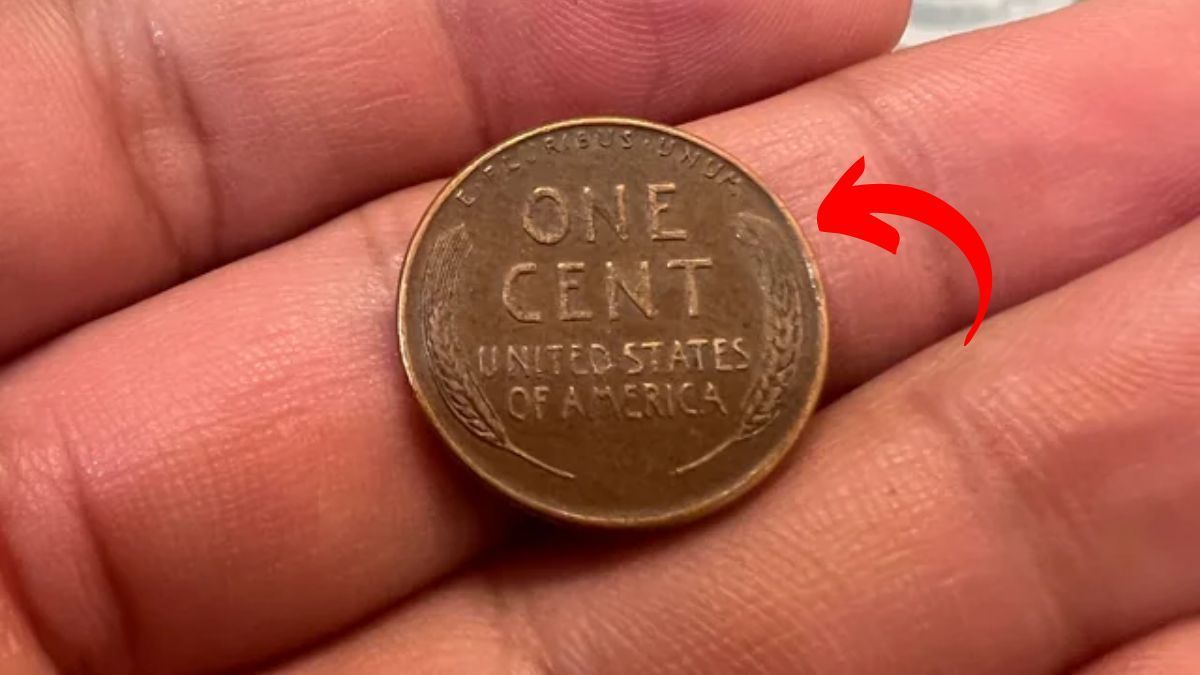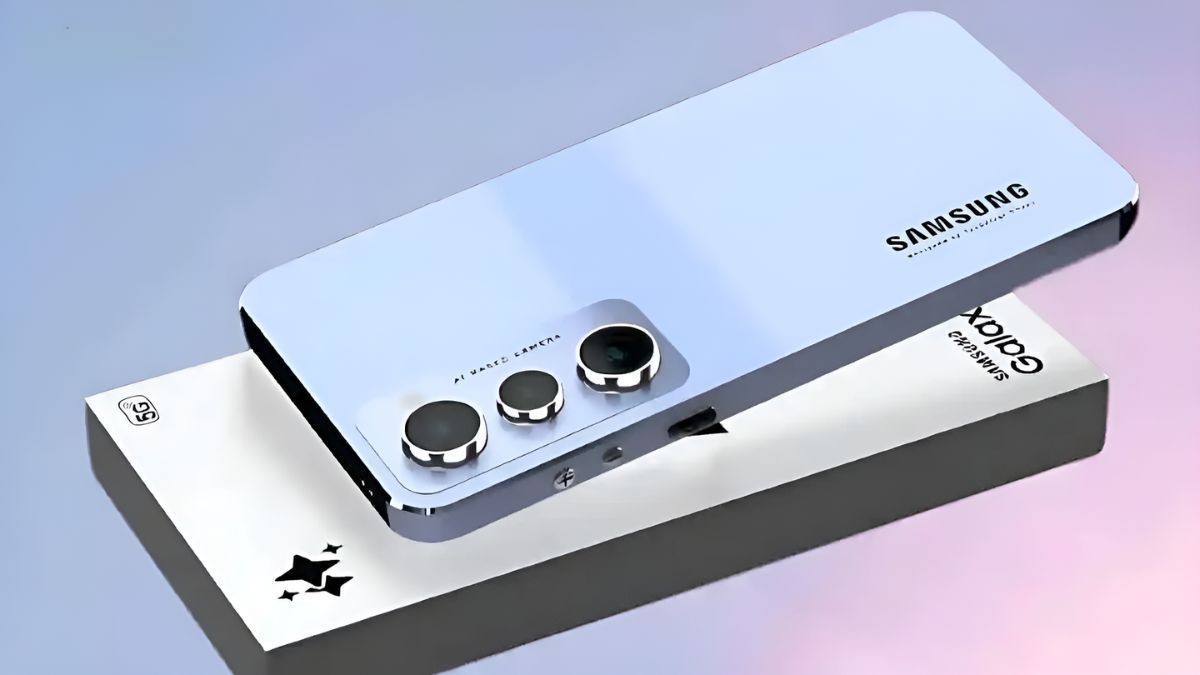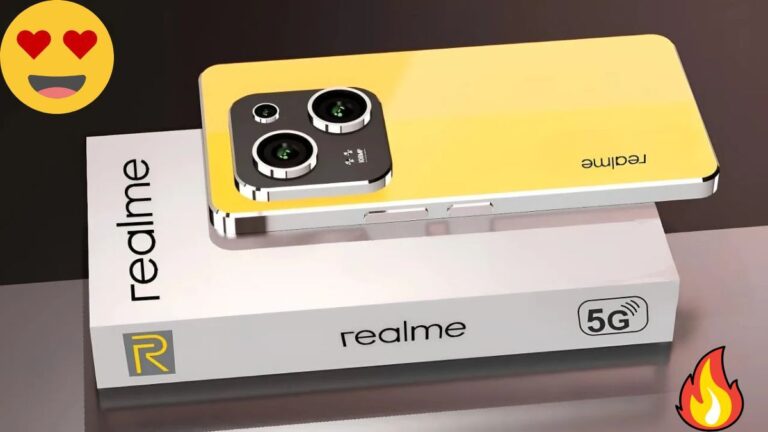Lincoln Wheat Penny Valued at $8.2 Million: Imagine discovering that a simple penny sitting in your change jar could be worth millions of dollars. While this might sound like a fantasy, it became reality for the owners of one of the rarest coins in American history. The 1943 Bronze Lincoln Wheat Penny has captured the attention of collectors worldwide, with one specimen reaching an astounding valuation of $8.2 million. This extraordinary coin represents one of the most significant minting errors in United States currency history, and remarkably, experts believe a few of these treasures might still be hiding in circulation today.
The story of this remarkable penny begins during one of America’s most challenging periods. World War II created unprecedented demands on the nation’s resources, forcing changes in everyday items that most people never noticed. Among these changes was a seemingly minor adjustment to penny production that would eventually create one of the most valuable coins ever minted.
The Wartime Origins of a Legendary Error
During World War II, copper became a critical material for the war effort, needed primarily for ammunition production and electrical wiring in military equipment. The United States government recognized that continuing to use copper for penny production would divert precious resources from the war effort. In response, the U.S. Mint made the decision to switch from copper-based bronze to zinc-coated steel for penny production in 1943.
This transition seemed straightforward, but mint operations are complex processes involving massive machinery and precise timing. When the changeover occurred, a small number of bronze blanks from the previous year’s production remained in the minting machines. These leftover bronze planchets were accidentally struck with 1943 dies, creating what numismatists now consider one of the most significant mint errors in American coin history.
The result was a handful of 1943 pennies struck on bronze planchets instead of the intended steel ones. These coins appeared identical to regular pennies at first glance, but their composition made them extraordinarily rare. While millions of steel pennies were produced that year, fewer than two dozen bronze examples are confirmed to exist today.
Understanding the Astronomical Value
The $8.2 million valuation attached to the finest examples of the 1943 Bronze Lincoln Wheat Penny reflects several factors that collectors consider when determining a coin’s worth. Rarity stands as the primary driver of value, with so few examples known to exist that each specimen becomes incredibly precious to collectors. The historical significance of these coins, representing both wartime resourcefulness and minting mishaps, adds another layer of desirability.
Condition plays a crucial role in determining value within this already rare category. Coins that have remained uncirculated, showing pristine detail and original bronze coloring, command the highest prices. The grading process, conducted by professional services, can mean the difference between a coin worth hundreds of thousands versus millions of dollars. When prestigious auction houses handle these sales, and when coins come with documented provenance, prices can reach extraordinary heights.
The competitive nature of high-end coin collecting also influences these valuations. Elite numismatists view owning a 1943 Bronze Lincoln Wheat Penny as acquiring a piece of American history, making them willing to pay premium prices for the privilege. This combination of factors creates the perfect storm for record-breaking auction results.
The Possibility of Hidden Treasures
While the odds are extremely slim, the possibility that one of these valuable pennies could still be in circulation continues to fascinate collectors and treasure hunters. Over the decades, valuable coins have surfaced in unexpected places, discovered in old collections, attics, and even everyday change. This ongoing mystery keeps the collecting community engaged and hopeful.
The reality is that most people would never suspect that an old penny could be worth millions, leading many to spend or discard potentially valuable coins without a second thought. Family collections passed down through generations might contain unrecognized treasures, and coins stored in jars or drawers for decades could include specimens that escaped detection.
Identifying the Real Deal
Recognizing a genuine 1943 Bronze Lincoln Wheat Penny requires careful observation and testing. The most obvious indicator is color, since regular 1943 pennies should appear silver due to their steel composition. Any 1943 penny showing copper or bronze coloration deserves immediate attention and professional examination.
A simple magnet test provides another verification method. Steel pennies are magnetic and will stick to a magnet, while bronze pennies are not magnetic. Weight also differs significantly between the two compositions, with bronze pennies weighing approximately 3.11 grams compared to steel pennies at around 2.7 grams.
However, these preliminary tests should never replace professional authentication. The enormous value of these coins has led to widespread counterfeiting, with scammers altering dates on copper pennies from other years or coating steel pennies to mimic bronze coloration. Professional grading services like PCGS or NGC provide the only reliable method for confirming authenticity and determining accurate market value.
The Enduring Appeal of Lincoln Wheat Pennies
Beyond their potential monetary value, Lincoln Wheat Pennies represent a tangible connection to American history. Minted from 1909 to 1958, these coins witnessed the nation through two world cars, the Great Depression, and significant social changes. Their classic design, featuring Abraham Lincoln on the obverse and wheat stalks on the reverse, embodies traditional American symbolism.
The collecting community appreciates these coins for their artistic merit, historical significance, and the stories they represent. Each coin carries the potential for discovery, whether finding a valuable variety or simply appreciating the craftsmanship of early 20th-century American coinage.
While finding an $8.2 million penny remains extremely unlikely, the possibility continues to inspire collectors and casual observers alike. The story of the 1943 Bronze Lincoln Wheat Penny demonstrates how historical circumstances, manufacturing errors, and collector passion can transform everyday objects into extraordinary treasures. Whether you’re a serious numismatist or simply curious about the coins in your possession, understanding these remarkable pieces adds depth to our appreciation of American monetary history.
Disclaimer
This article is provided for informational and educational purposes only. The values mentioned refer to extremely rare, professionally authenticated and graded coins. The vast majority of pennies, including most 1943 pennies, are worth only their face value. If you believe you have discovered a rare coin, consult with professional numismatists or certified grading services for accurate authentication and valuation before making any assumptions about value.
